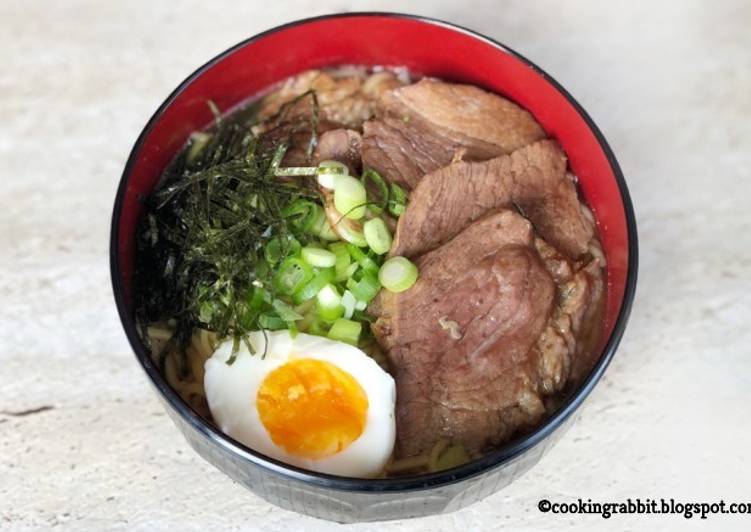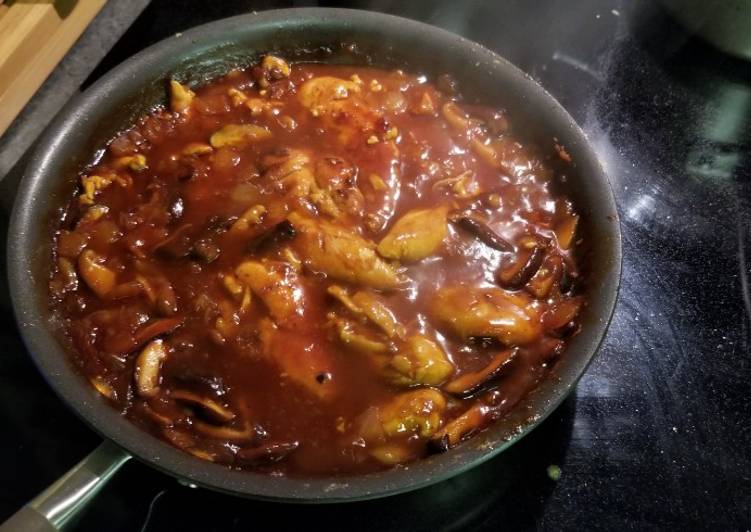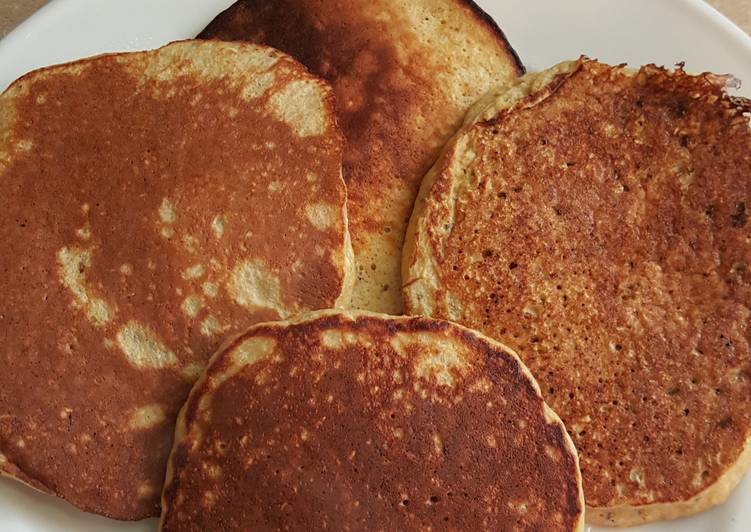
Hello everybody, it’s John, welcome to our recipe site. Today, I will show you a way to make a distinctive dish, shoyu ramen. It is one of my favorites. This time, I’m gonna make it a bit unique. This is gonna smell and look delicious.
Shoyu ramen is one of the most favored of current trending meals in the world. It’s simple, it is quick, it tastes yummy. It is appreciated by millions every day. They are fine and they look wonderful. Shoyu ramen is something which I have loved my whole life.
Find Deals on Shoyu Ramen Broth in Groceries on Amazon. Add chicken, spareribs, scallions, carrots, garlic. Shoyu ramen is one of Japan's famous ramen flavours made from a soy sauce based soup!
To begin with this particular recipe, we must first prepare a few components. You can cook shoyu ramen using 22 ingredients and 12 steps. Here is how you cook that.
The ingredients needed to make Shoyu ramen:
- Prepare 3 packages ramen noodles
- Take for the soup:
- Take 1 1/2 tbsp sesame oil
- Get 3 cloves garlic (minced)
- Get 5-6 cm piece of ginger (minced)
- Prepare 3 tsp chili bean sauce
- Take 3 cups chicken stock
- Prepare 3 cups dashi
- Take 3 3/4 tbsp soy sauce
- Prepare 3/4 tbsp sake
- Get 2 tsp salt (to taste)
- Get 1 1/2 tsp granulated sugar
- Make ready for the dashi:
- Get 20 gms dried kombu
- Prepare 30 gms bonito flakes
- Get toppings (optional):
- Take 1 lt water
- Prepare Homemade Chashu
- Prepare Menma (fermented bamboo shoots)
- Make ready 1 soft-boiled egg
- Prepare 3 pieces nori (seaweed)
- Get 3-6 slices Narutomaki (Japanese fish cakes)
If you're in Tokyo, Shoyu is the most familiar form of ramen you'll find. To make a good bowl of ramen is an art form itself. Usually, Shoyu ramen has curly noodles, and the meat or vegetable stock gives it a delicious, tangy flavor. Prepare for the most delightful food coma you've ever had.
Instructions to make Shoyu ramen:
- Preparing the Dashi: Wipe your kombu with a damp cloth to clean off any impurities, then make a few shallow cuts into the kombu.
- Add the water to a pot and add the kombu to and the pot. Allow it to soak for about 30 minutes before turning on the heat.
- Turn the heat on medium and let it boil slowly. Remove from heat just as the water begins to boil.
- Add the bonito flakes and return to the heat. Allow the water to simmer for another 1 minute. Be careful not the let it boil over.
- Remove the dashi from the heat and wait for the bonito flakes to sink to the bottom of the pot.
- Finally, strain the dashi and use for the rest of this recipe. If there is any leftover dashi it can be stored in the fridge for about 1 week.
- Preparing the Soup: Heat up the sesame oil in a large pot and add your minced garlic and ginger. Sauté until fragrant.
- Add the chilli bean sauce and mix well.
- Next add the rest of the ingredients for the soup and allow it to simmer for several minutes over medium low heat.
- Season the soup with salt, and then strain the soup through a fine mesh strainer or cheese cloth into another pot.
- Once the soup is done, prepare the ramen noodles as per packet instructions.
- Place the noodles in a bowl and add your toppings before ladling over with the soup. Serve immediately.
Ramen (/ ˈ r ɑː m ə n /) (拉麺, ラーメン, rāmen, IPA: [ɾaꜜːmeɴ]) is a Japanese noodle soup. It consists of Chinese wheat noodles served in a meat or (occasionally) fish-based broth, often flavored with soy sauce or miso, and uses toppings such as sliced pork (叉焼, chāshū), nori (dried seaweed), menma, and scallions. Nearly every region in Japan has its own variation of ramen. Shoyu ramen was my favorite until I discovered tonkotsu ramen. Shoyu broth and shio broth are clear.
So that’s going to wrap it up for this special food shoyu ramen recipe. Thank you very much for your time. I am sure that you will make this at home. There’s gonna be interesting food at home recipes coming up. Remember to save this page in your browser, and share it to your loved ones, friends and colleague. Thank you for reading. Go on get cooking!


